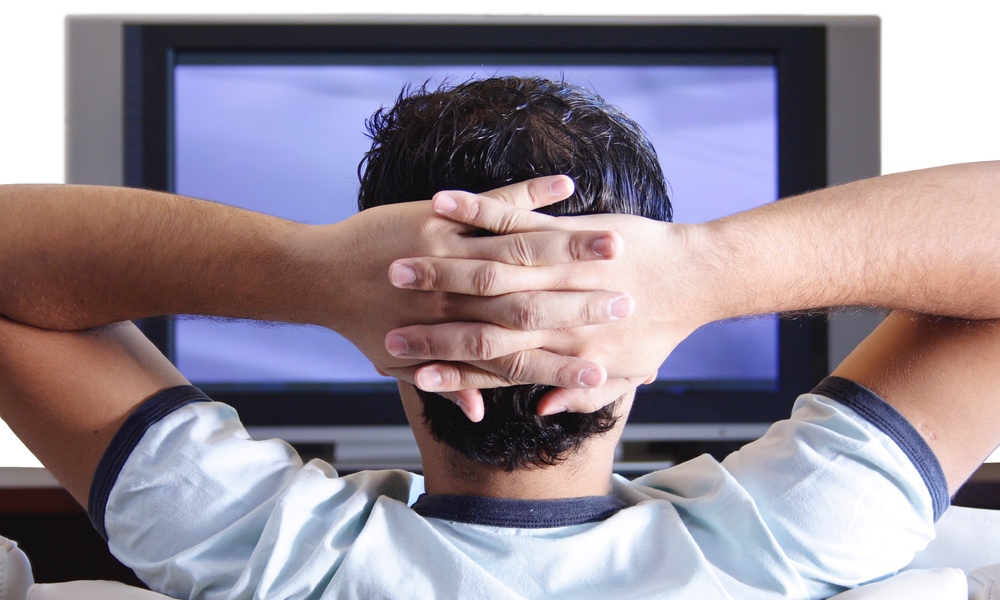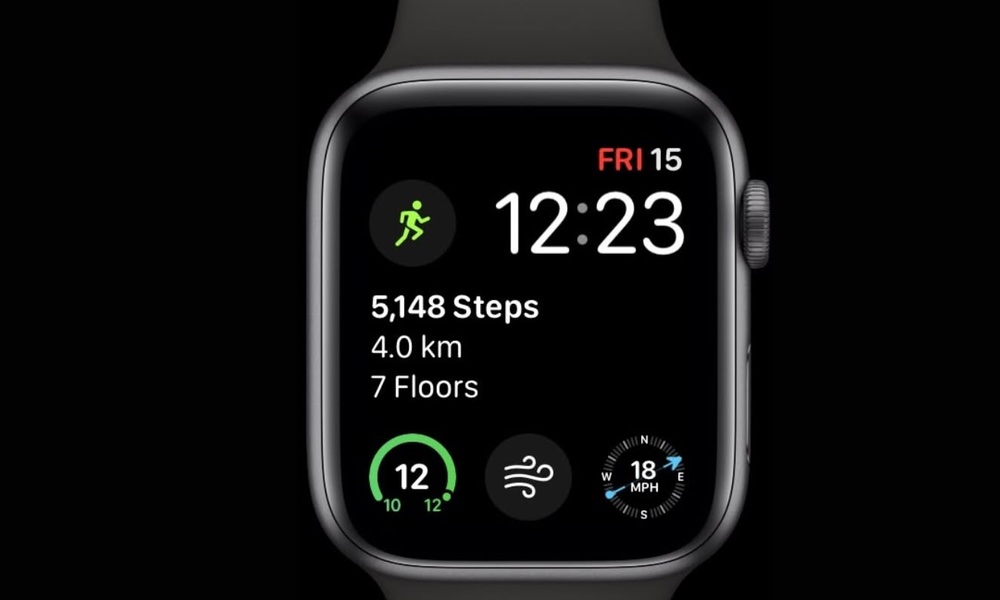Mobile devices have provided us with an incredible ability to multitask during the day, but doing two or even five things at once is not always a good thing. The technologies that make multitasking possible have raised concerns: From the dangers of impaired hearing and attention associated with headphone use to tumor-causing cell phone radiation.
Now a study offers evidence that the simultaneous use of multiple media devices may be altering our brain structure. The research suggests that multitasking with several devices reduces brain gray matter.
People were surveyed about the number of media devices they used daily. Then the University of Sussex team took functional magnetic resonance images (fMRI) of their brains. The more devices a person used, the greater the loss of gray matter.
People who regularly used several devices at the same time had reduced density in a region of the brain known as the anterior cingulate cortex (ACC) involved in emotional and cognitive function.The ability to do two or even five things at once is not always a good thing.
“Media multitasking is becoming more prevalent in our lives today and there is increasing concern about its impacts on our cognition and social-emotional well-being. Our study was the first to reveal links between media multitasking and brain structure,” study author Kep Kee Loh said in a statement.
The idea that brain structures are flexible and capable of adapting is not new.
Neuroscientists know that certain brain regions may be structurally altered in response to experiences. Neural pathways are shaped by behaviors, environmental cues and emotions. Following a traumatic brain injury, circuits are sometimes redirected to intact regions during recovery. Therefore, it may not be such a surprise that habitual device multitasking could also cause changes in the brain.
While the connection between device multitasking and gray matter density was apparent, it does not show definitively that using multiple devices and multitasking caused the changes in the brain.
In order to show that prolonged use of multiple devices caused the decrease, long-term studies following an individual’s gray matter composition over time are needed. It may be that people with less dense gray matter are predisposed to engage in device multitasking for some reason.
For example, it is possible that individuals are more susceptible to multitasking situations due to a weaker ability in cognitive control or socio-emotional regulation related to the ACC. On the other hand, it also could be that sustained exposure to multitasking situations leads to structural changes in the ACC. Additional studies are planned to sort out the nature of this relationship.
In the meantime, it is probably a good idea to try to limit the amount of multitasking you attempt at once; it's not clear that is really improves efficiency anyway.
The work is published in PLOS ONE.




